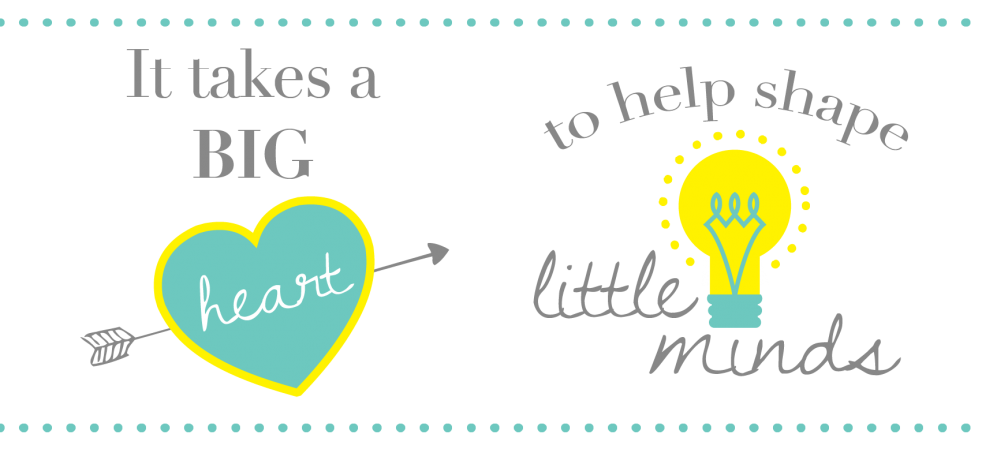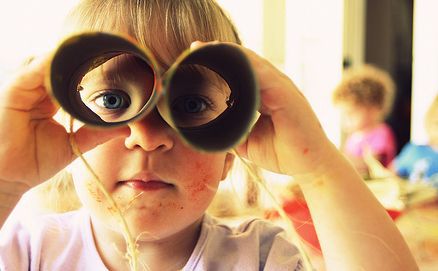This has been a journey of reflection, understanding, commitment, team building, and furthering my passion for the Early Childhood program. I have learned the importance of having a community of practice and having a well built one. It is important for people who share the same interest to come together and collaborate. Bringing together communities, families, staff, and other organizations can make a difference because of the input and experiences shared.
In addition, I learned that it is important to always strive for what you believe in and never let anyone bring you down. Of course it is okay to ask for help and accept input, however, I do not believe anyone should bring another down. Passion comes from the heart, especially when you are dedicated to your work. In which case, I wish to continue to strive for my passion and strengthen it each and every day.
I also learned that I need to acquire some leaderships skills in order to collaborate and begin to get a community of practice. Children are observant, therefore, they notice when families and teachers are not on the same page. Although I am not perfect, I wish to continue working on obtaining leadership characteristics to set an example for the children.
Goal:
– A long term goal is to become an Early Childhood advocate for all children in terms of diversity, equality of education, accepting themselves and helping others accept them, and any other situation that may arise.
Farewell Message:
We have complete our Early Childhood Masters program together! Thank you for all your support throughout this Walden journey. A lot of you started with me since the first class and other colleagues I have met along the way. Nonetheless, I want to say thanks a million for your ideas, strategies, discussions, agreements & disagreements, your insight, and so much other valuable information along the way.
I wish nothing but the best for everyone! Continue to strive for your passion and continue your great work! Congratulations. Hope to keep in touch.








